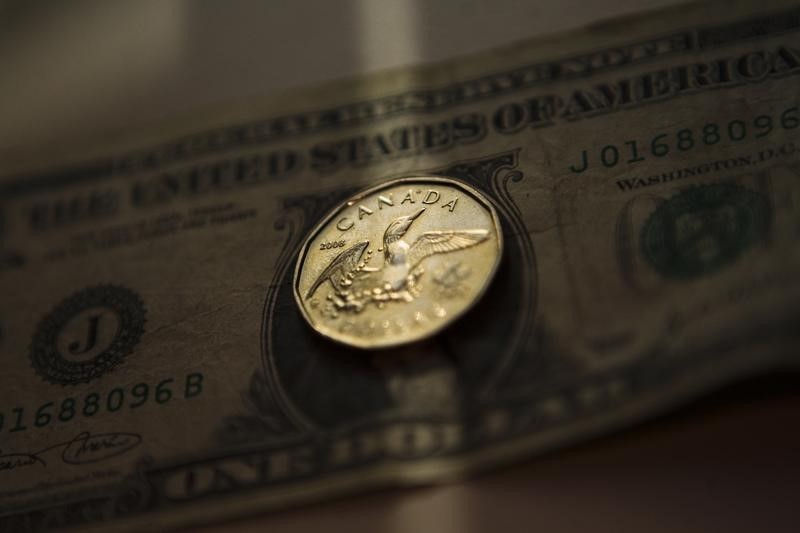* Canadian dollar at C$1.2712, or 78.67 U.S. cents
* Loonie touches its strongest since July 13 at C$1.2702
* Bond prices mixed across the maturity curve
TORONTO, April 19 (Reuters) - The Canadian dollar
strengthened to a nine-month high against its U.S. counterpart
on Tuesday, together with broader gains for commodity-linked
currencies as oil rose and risk appetite grew.
Fellow commodity currencies, the Australian and New Zealand
dollars, rose to 10-month highs against the greenback and U.S.
stock index futures advanced, drawing support from oil prices.
Oil gained as a strike by oil workers in Kuwait nearly
halved crude production from the OPEC member, overshadowing
bearish sentiment following Sunday's failure by producers to
agree to freeze output levels. O/R
U.S. crude CLc1 prices were up 0.55 percent to $40 a
barrel.
At 9:25 a.m. EDT (1325 GMT), the Canadian dollar CAD=D4
was trading at C$1.2712 to the greenback, or 78.67 U.S. cents,
stronger than Monday's official close of C$1.2797, or 78.14 U.S.
cents.
The currency's weakest level of the session was C$1.2798,
while it touched its strongest since July 13 at C$1.2702.
The next important technical target for the currency is
C$1.2675, according to a research note from Brown Brothers
Harriman. That is roughly the 38 percent retracement of the U.S.
dollar's rally from 2011 through January this year.
Bank of Canada Governor Stephen Poloz and Senior Deputy
Governor Carolyn Wilkins will appear before the House of Commons
Standing Committee on Finance at 11:00 a.m. EDT (1500 GMT).
Last week, the central bank warned that the country's
improving economy faced downside risks, including a stronger
currency that could drag on non-commodity exports, although it
held interest rates steady and raised growth forecasts.
The implied probability of a Bank of Canada interest rate
hike this year has increased to more than 10 percent, data from
overnight index swaps showed. At the start of March, the market
had implied a more than 50 percent probability of a rate cut.
BOCWATCH
Canadian government bond prices were mixed across the
maturity curve after data suggested some cooling in the U.S.
housing market.
The two-year CA2YT=RR price fell 0.5 Canadian cent to
yield 0.603 percent and the benchmark 10-year CA10YT=RR was
down 1 Canadian cent to yield 1.302 percent. The 10-year yield
touched its highest since March 23 at 1.329 percent.
Commercial borrowing by small businesses in Canada cooled
for the third month in a row as lower oil prices and weak
domestic demand dampened business investment, data from PayNet
showed.
